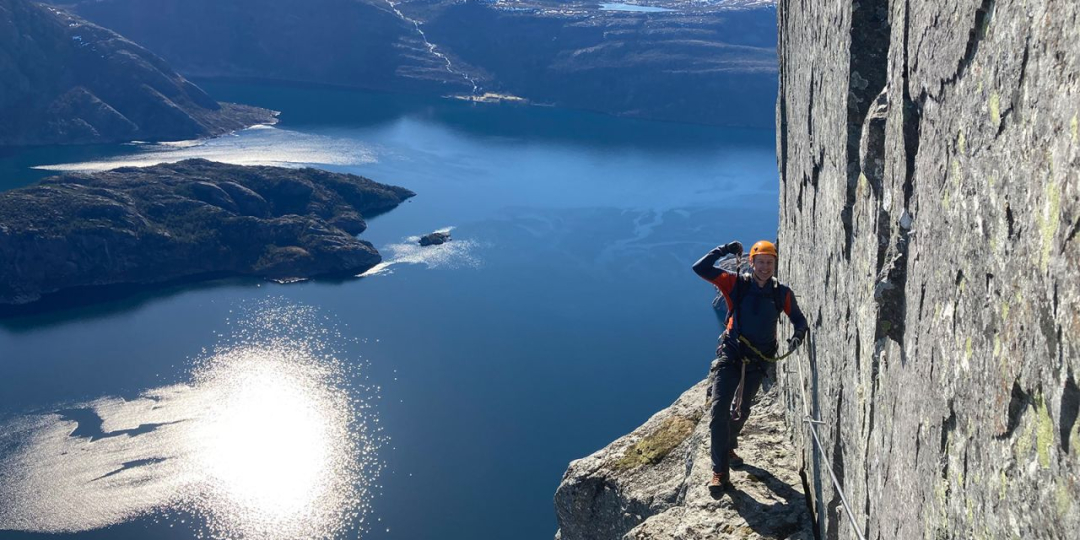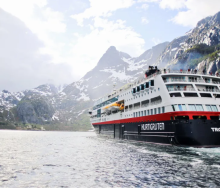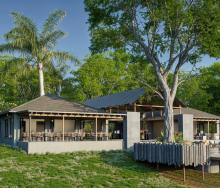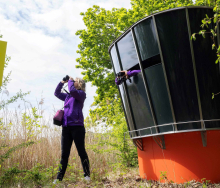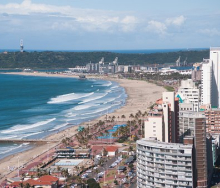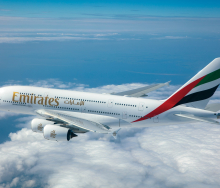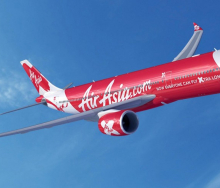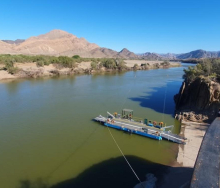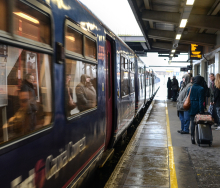A new climbing route for adrenaline seekers, called the ‘Hornelen Via Ferrata’, has opened on Norway’s north-west coast.
Via Ferrata means ‘iron path’ – a term used to describe mountain climbing paths that use steel cables and fixed ladders to assist climbers.
The 860m-high Hornelen mountain range has snow-capped tops and sheer cliffs reaching down to the sea below. According to the local tourism information office, Fjord Norway, it is the tallest sea-cliff in Europe.
“The adrenaline rush looking down between your climbing boots and seeing ships in the fjord passing by over 600m below you, is unparalleled,” Rogier van Oorschot, the man behind the new climbing route, told CNN Travel.
Van Oorschot worked on the project for nine years before construction of the route started last summer. The Via Ferrata officially opened on June 18 and Van Oorschot operates guided tours along the route through his company, Hornelen Via Ferrata.
There are three routes of varying difficulties – Ørnelia (Eagle Hill), Hekseveggen (The Wall of Witches) and Olavsrute (Olaf’s Route).
Eagle Hill is the easiest of the three climbs, taking two hours. As an introduction to Via Ferrata it is suitable for children over 12 years of age. The climb costs NOK1 095pp (R1 900) for both children and adults.
Wall of Witches is a six-hour climb, considered medium difficulty and suitable for children over 14 years of age. It costs NOK1 495pp (R2 600).
Olaf’s Route heads all the way to the top, and is the most difficult climb, only suitable for children over 16 years of age and fit individuals. The route takes a day to complete, but the view is said to be outstanding. It costs NOK1 695pp (R2 900).
At the top, climbers are rewarded with views of the ocean 860 metres below, the islands, the fjord villages, the narrow fjord arms and the snow-capped mountains and the glaciers in the fjords.
Hornelen Via Ferrata provides a harness, two carabiners, a shock absorber and a helmet for each climber. Climbers must declare any medical conditions prior to the climb.
